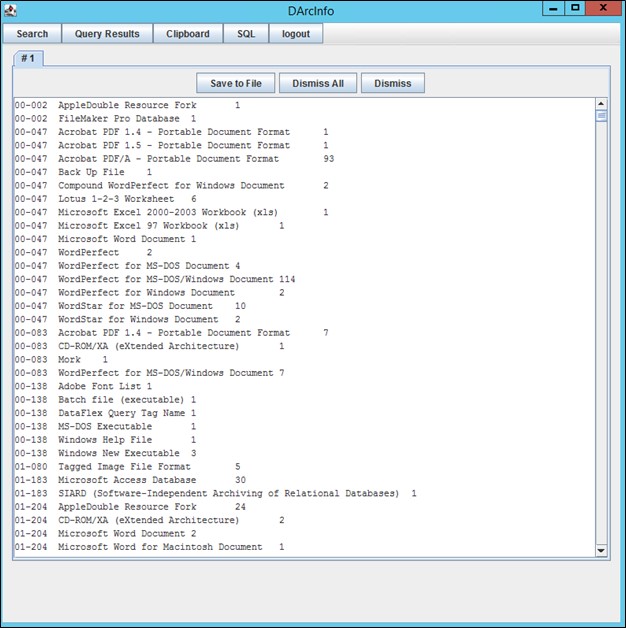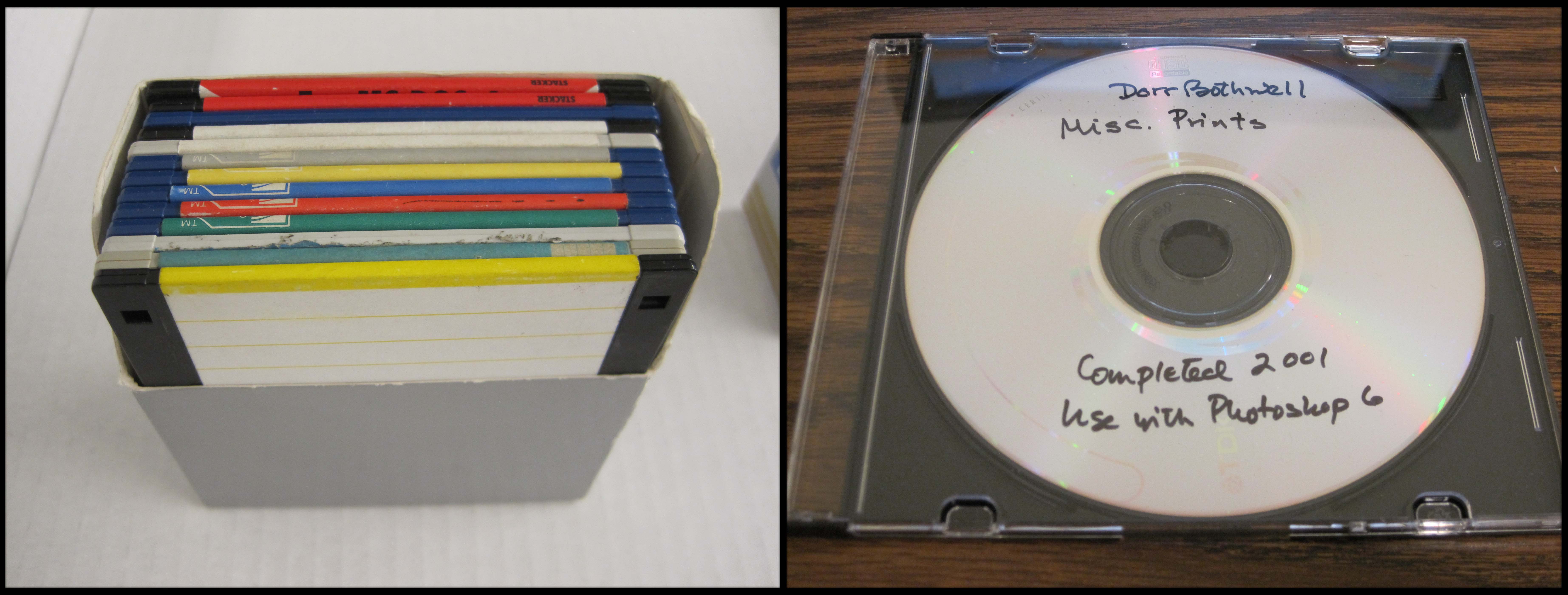Results for "Computer systems"

Archiving Born-Digital Media from the Smithsonian Astrophysical Observatory
- Date: October 27, 2020
- Description: We’ve been processing audiovisual media collections from the Science Media Group division of the Smithsonian Astrophysical Observatory.
- Blog Post
Passwords and Paper Printouts: Preserving the Electronic Records of the Devra Kleiman Papers
- Date: July 28, 2011
- Description: In the course of my internship at the Smithsonian Archives’ Digital Services Division I’ve worked with myriad digital records, converting both new material and past accessions into formats that can be more easily preserved. But the most exciting part of my time here came when I was given my very own accession, the Devra G. Kleiman Papers, to work on. My task was to copy all of

Celebrating Handwriting with the Hungerford Deed
- Date: January 21, 2021
- Creator: William Bennett
- Description: Handwriting is a personal passion of mine, despite it having become something of a lost art. Today, when most people think of handwriting at all, it is as a greatly individual method of writing recognizable characters, regardless of the writing system, but in the past, when you could make a living as a scribe, there were highly standardized styles.

Web-enabling Archive Digital Content
- Date: May 24, 2012
- Description: Explaining the role of web developer plays in making archive accessions available via the web.
- Blog Post
Welcome Back: It’s Almost Like Riding a Bike
- Date: July 28, 2022
- Creator: Lynda Schmitz Fuhrig
- Description: We are getting back into the swing of things at the office while working with removable media.
- Blog Post
Keeping Organized for a Less Stressful Tax Season
- Date: April 26, 2011
- Creator: Jennifer Wright
- Description: [caption id="" align="aligncenter" width="400" caption="Taxes, by Mat Honan, Creative Commons: Attribution 2.0 Generic."][/caption] Chances are that, if you live in the United States, you've recently filed your taxes. For most, filing tax returns is a dreaded task, even when you expect a refund. Doing taxes requires a lot of time and energy, and often results in some
- Blog Post
Pickering’s Women?
- Date: May 8, 2009
- Creator: Catherine Shteynberg
- Description: Access the official records of the Smithsonian Institution and learn about its history, key events, people, and research.

Assessing File Format Risk for Born-Digital Preservation Planning
- Date: August 3, 2021
- Description: In addition to physical damage and deterioration of storage media, the technological complexity and dependency of electronic records make them uniquely vulnerable to loss, corruption, and alteration (both accidental and malicious). To achieve long-term preservation of fragile born-digital materials, digital archivists need a plan.

Disk Diving: A Born Digital Collections Survey at the Smithsonian
- Date: September 13, 2012
- Description: Details of a physical inventory/survery that is ongoing at the Smithsonian. The project is focused on finding and documenting born digital items at different archival units.
- Blog Post
Coping With Stuff, Down Here and Up There
- Date: September 16, 2010
- Creator: Marvin Heiferman
- Description: We’ve all got storage issues to confront. And when we do, some people take great pleasure in getting things organized and others get headaches. A small percentage descend into madness, while an equally small group see and then seize the business opportunities that are generated by the need to keep life, things, and information under control. Over the past few weeks, the

Maintaining Your Digital Presence Is More Than Updating Your Status
- Date: January 29, 2015
- Creator: Lynda Schmitz Fuhrig
- Description: There are a few ways to capture your information that you are posting on social media accounts.

How Many Objects does the Smithsonian Have?
- Date: January 25, 2018
- Creator: Lisa Fthenakis
- Description: [edan-image:id=siris_sic_12123,size=250,left]It is a simple answer really: We counted. From 1978 to 1983, the Smithsonian undertook a comprehensive inventory of its collections. It was the first time the Smithsonian had ever tried to count each object in its collections and it was a massive task. Over five years, staff from every museum and research center spent thousands of
